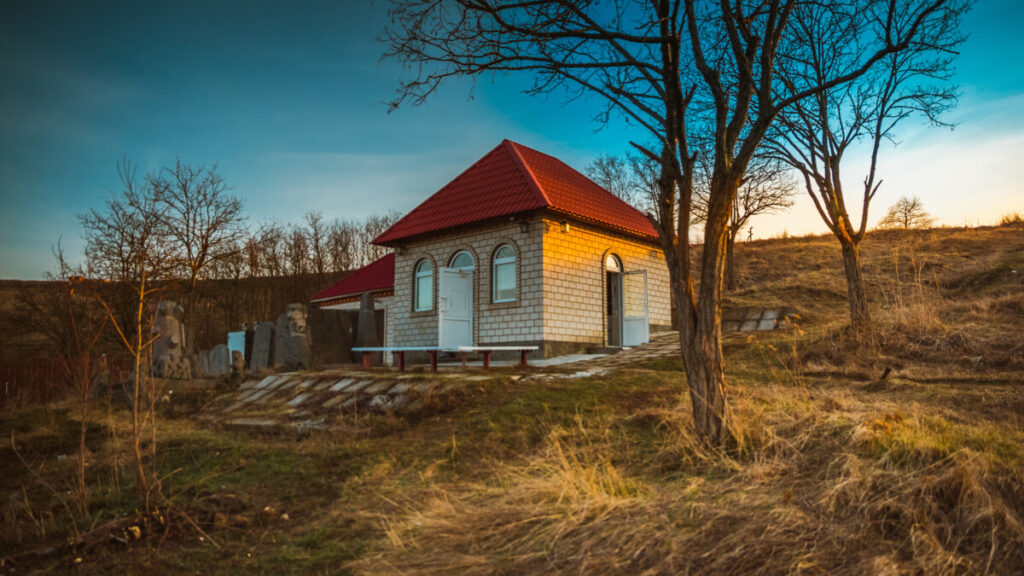Reb Noson

Tonight Breslov communities across the world will mark Rebbe Noson’s Yartzeit:
Here is a brief description of this amazing figure – may his memory bring merit to us all.
Reb Noson Sternhartz was born in Nemirov, on 15 Shevat, 5540 (January 22, 1780). At thirteen, he married Esther Shaindel, the daughter of the prominent Rabbi Dovid Zvi Orbach, a renowned halakhic authority in Poland and the Ukraine. Reb Noson was twenty-two when Rebbe Nachman moved to Breslov, and Reb Noson promptly became his leading follower. He also developed into the Rebbe’s scribe, writing down all of the Rebbe’s teachings and conversations. Rebbe Nachman himself said: “Were it not for Reb Noson, not a page of my writings would have remained” (see Tzaddik #367).
After Rebbe Nachman passed away, Reb Noson moved to Breslov (1811). He printed all of Rebbe Nachman’s writings, and wrote his own original discourses and teachings, some of which were published during his lifetime. He also traveled throughout the Ukraine, visiting Rebbe Nachman’s followers and continuing to spread the Rebbe’s teachings. In 1822 he made his pilgrimage to the Holy Land, a trip that in many ways rivaled Rebbe Nachman’s in adventure and suspense. During those years, Reb Naftali Hertz’s business failed and Reb Noson became subjected to poverty. He once said that when he began eating from wooden utensils, he felt no taste in the food. Around 1830, with the pronounced increase in the number of those coming to Uman for Rosh HaShannah, Reb Noson initiated the construction of a large Breslov synagogue (until then, they had rented a place in the city for the kibutz gathering.)
In late 1834, Rabbi Moshe Zvi of Savran, the Savraner Rebbe, instigated fierce and fanatical opposition to Reb Noson and the Breslover Chassidim. This opposition led to Reb Noson’s temporary imprisonment by the authorities. After his release, Reb Noson fled from city to city in the Ukraine, only returning to Breslov in the spring of 1835. Shortly afterwards he was banished from Breslov, and was under court order to remain in the city of his birth. Though he obtained permission to travel to Uman for Rosh HaShanah and for other select occasions, he was virtually a prisoner in Nemirov. His confinement also put him at the mercy of his opponents, who seized every opportunity to torment him. With the Savraner’s sudden death in 1838, the relentless opposition waned and Reb Noson returned to Breslov later that year.
Reb Noson had five sons and one daughter, all of whom survived him. Reb Shachneh (b. 1802) and Reb Yitzchok (b. 1808) were born during Rebbe Nachman’s lifetime. Reb Noson’s only daughter Chana Tzirel (b. 1820) and his third son, Reb Dovid Zvi (b. 1822) were also born to him by his first wife, Esther Shaindel (d.1826). Reb Noson then married Dishel, who bore him two sons, Reb Nachman (b.1827) and Reb Yosef Yonah (b.1829).
Despite great personal suffering from both poverty and opposition, Reb Noson was singlehandedly responsible for shaping the Breslov movement into the vibrant force it is today. This, in spite of the fact that there is no “living” rebbe. On the morning of his passing, 10 Tevet, 5605 (December 20, 1844), Reb Noson had the first two stories of Rabbi Nachman’s Stories read to him. The second story ends, “…let us go home!” Hearing these words, Reb Noson nodded his head as if to say, “Yes, it is my time to go home.” He passed away later that day in his home in Breslov, just before the onset of Shabbat. Reb Naftali, with whom Reb Noson had been very close ever since childhood, was then living in Uman. The next morning he said that he was certain that “Reb Noson passed away last night.” When asked how he knew this, he replied, “I had a dream in which I saw Reb Noson. He was running. I asked him, `Reb Noson, where are you running?’ `Me?!’ he answered. `Straight to the Rebbe!’” (Oral Tradition).
Click here to buy the biography of Reb Noson: Through Fire and Water